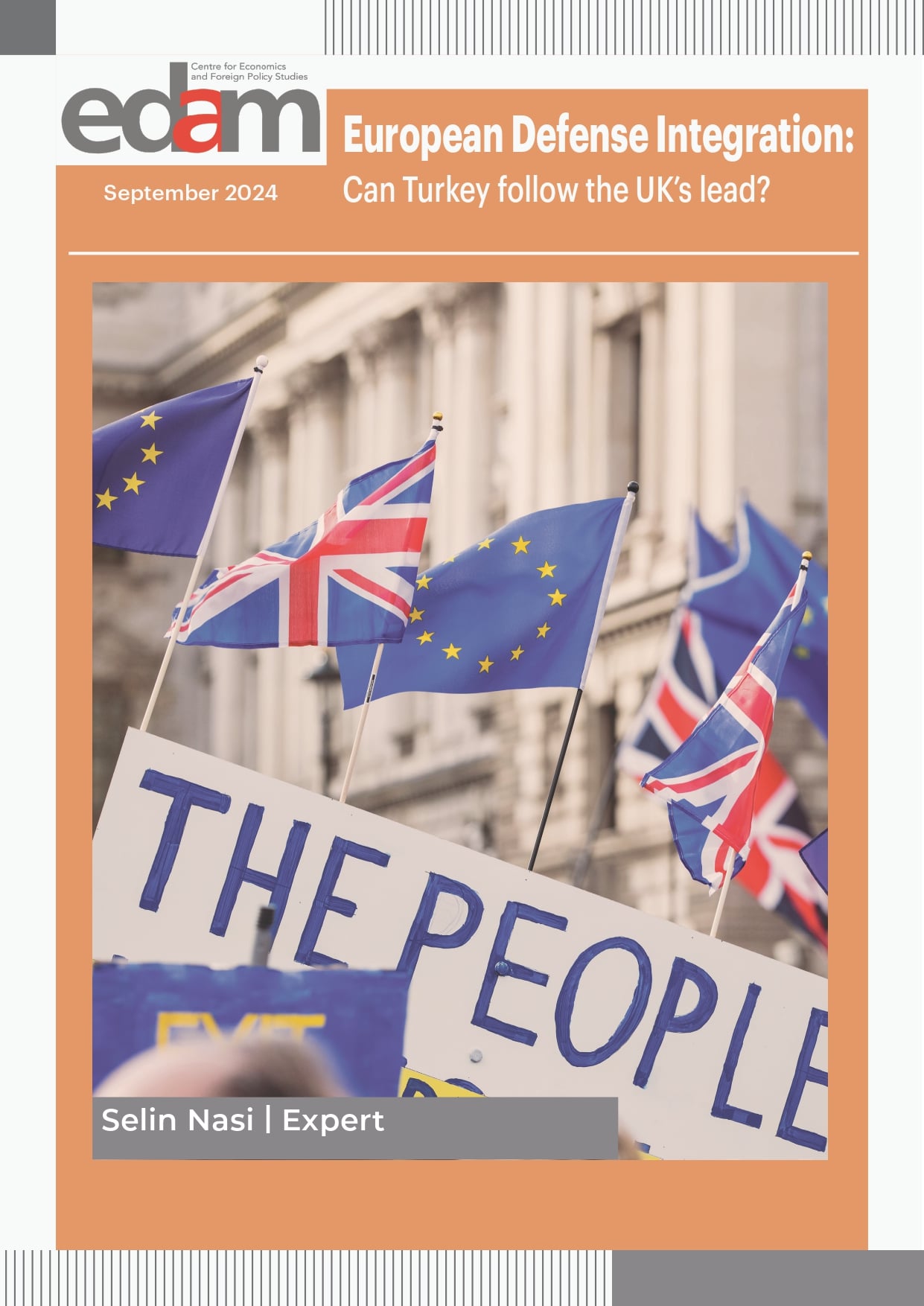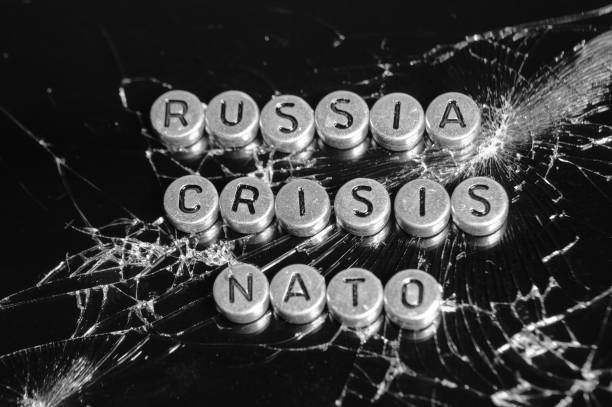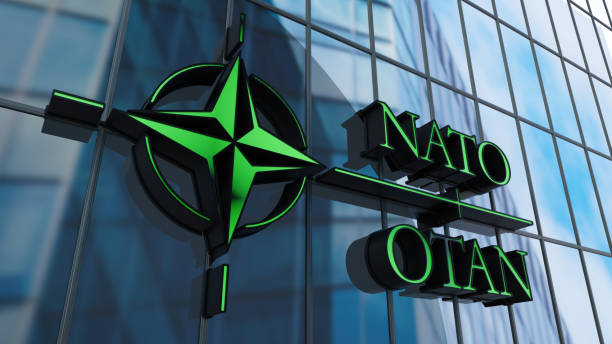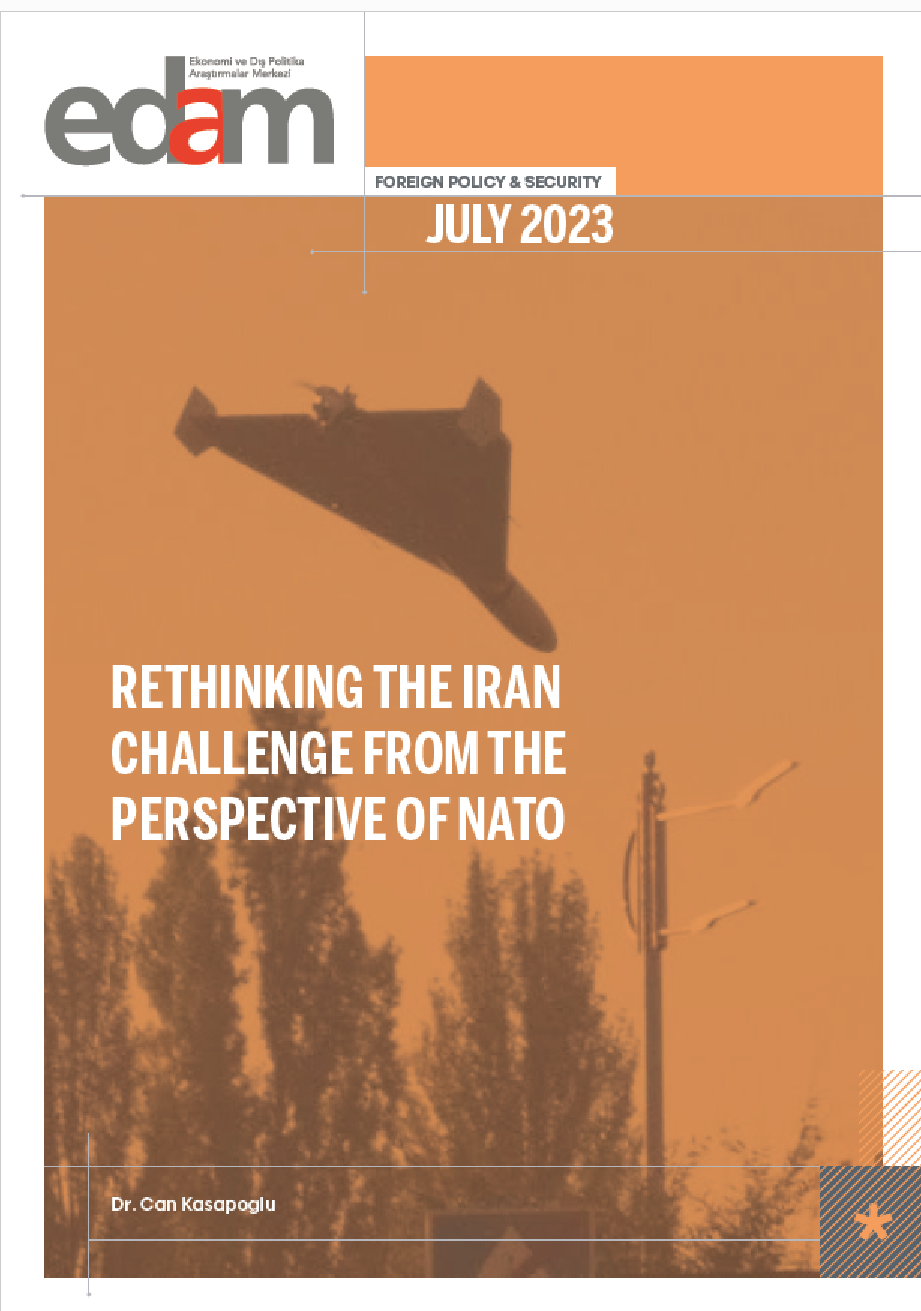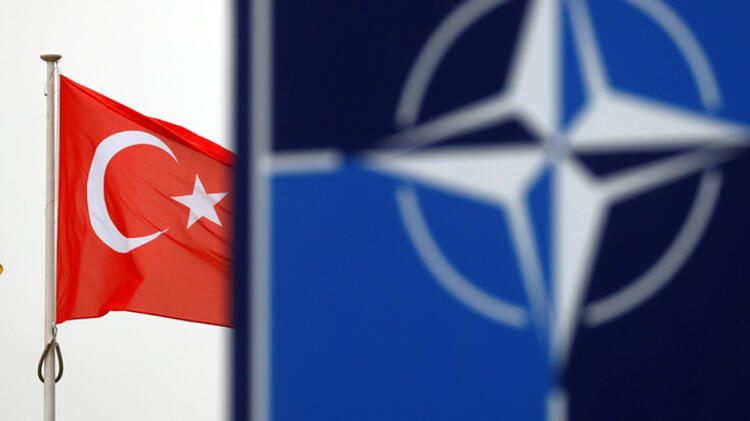
A Turkish Perspective of NATO 2030 and
the Transformation of the Alliance
Change and adaptation against the backdrop of a pandemic
The Covid-19 pandemic has left an indelible mark on our lives in the past year by exposing the vulnerabilities of our interconnected world and is slated to cast its shadow further into 2021 and beyond.
The Munich Security Conference published a special report referring to it as a “Polypandemic,” given its multifaceted implications. A single, deadly virus has obliged us all to adjust our ways of life and daily routines. Hopefully, we will be able to reclaim some of these back in the future, but the genie is out of the bottle and inevitably, there will be lasting consequences.
An immediate outcome of the sudden and destructive onslaught of this virus was that it dictated change and adaptation. The ability to adapt according to circumstances, and even better, to have the foresight and flexibility to do so in a timely fashion has always been a critical asset for survival. Covid-19 presented itself as the ultimate test in this regard.
The unprecedented pace in which developments are taking place today has added an even greater premium on successfully managing paradigm shifts. This has always been of particular relevance for security policy and NATO, which likes to brand itself as an Alliance that strives to prepare for the future and remain relevant through continuous transformation.
In this endless cycle of change, NATO has held on to its cornerstone principles of solidarity, unity, and cohesion. When required, it has also navigated occasional fissures among its own ranks.
The stakes are especially high today, mainly because of two reasons:
First- the security landscape is extremely complex and fraught with traditional and newer forms of challenges, all of which are exponentially magnified in scope and speed by the advent of disruptive technologies. In the words of NATO Secretary General Jens Stoltenberg, “we are in an era where bytes and big data are as important as bullets and battleships.” NATO must not only harness technology and innovation to stay ahead of such developments, but it also needs to complement this with the highest degree of internal cohesion and unity, thereby buttressing its ability to take time sensitive, consensus-based decisions. These will be critical for the Alliance to remain relevant against all security challenges, including those that increasingly present themselves under traditional thresholds, and that are of hybrid nature.
Second- various signs of discord within the Alliance have been manifesting themselves for some time now, burdening its resilience. This internal stress test has come in many forms, from the undue depiction of NATO as obsolete, with its implications for transatlantic relations, to an ill-conceived portrayal of it as being brain-dead. We have also witnessed simmering bi-lateral disagreements and tensions, which have in some cases involved my own country, Turkey.
The combined need to address such an increasingly unpredictable and evolving security landscape and manage various forms of internal discord is no easy task. NATO has displayed agility in its military adaptation through various tangible steps such as the increased readiness, presence, and sustainability of its forces; better burden sharing; the establishment of new headquarters; and comprehensive efforts to build Alliance resilience, including in the face of the Covid-19 pandemic. This trend needs to be mirrored in the political dimension, where experience has shown that there is room, and an imperative for improvement.




